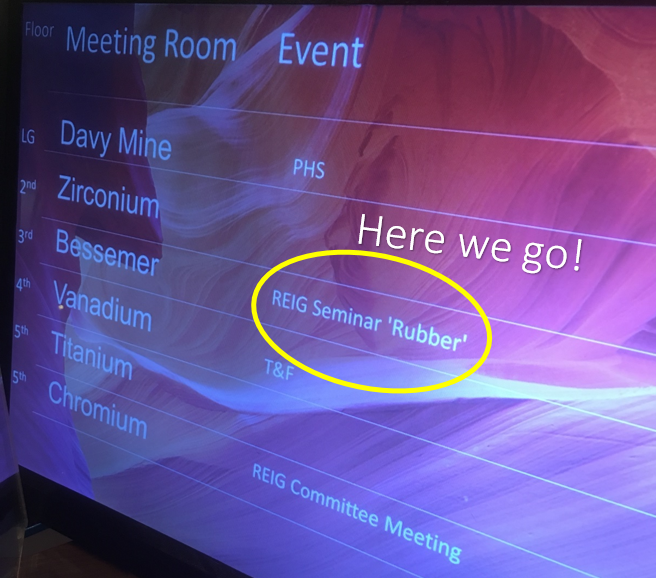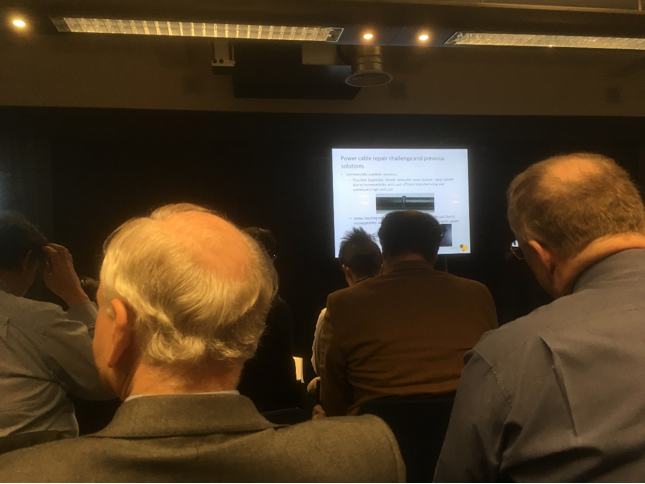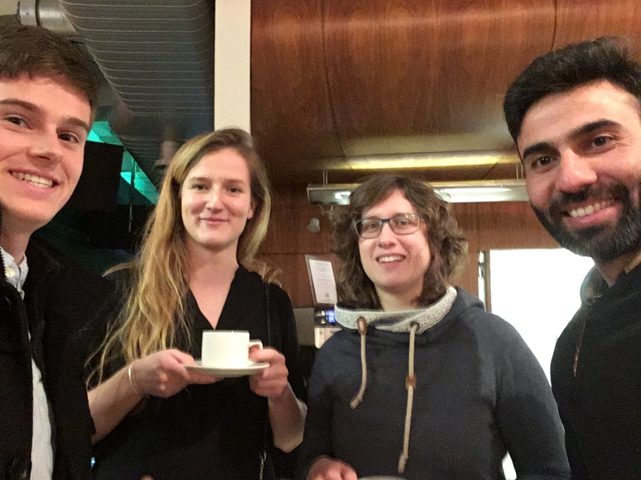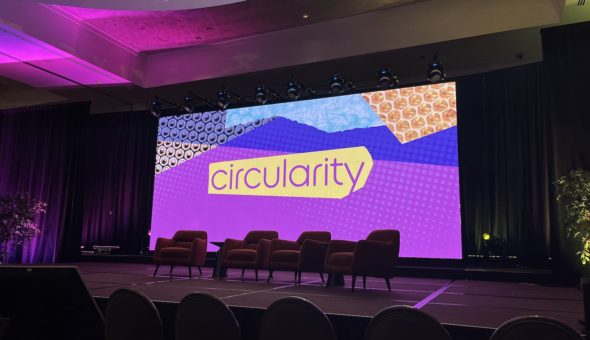Jamie is a first year PhD student working with Professor Matthew Davidson and ARTIS on the application of self-healing for rubber seals in the oil and gas industry.
What: IOM3 Self-Healing Elastomers Conference
Where: Institute of Materials, Minerals and Mining, London
Why: Technical Discussion Meeting on Self-Healing Elastomers
T.S. Elliot said; “The journey, not the destination matters”, but when Apple Maps is sending you the wrong way down a freezing street in London, it’s hard not to think about finishing the journey very quickly and getting into the warm. Almost as a juxtaposition to the freezing conditions outside, the IOM3 building was, thankfully, very warm. In fact, the air con had to be used during the course of the afternoon to keep everybody awake. We arrived and were sent upstairs where we had a brief introduction before the talks got underway.
The talks plus brief summaries were as follows:
‘Self-healing supramolecular polyurethanes’ by Wayne Hayes (University of Reading) and Clive Siviour (University of Oxford) was a great talk to get started with. They gave an excellent introduction to the topic for the newbies and for those who needed a refresher and then proceeded to demonstrate their novel research. The main outcome of their research was that a crossover of the storage and loss moduli leads to the formation of healable hydrogen bonded supramolecular networks. This could lead to new biomedical applications.
‘Self-healing rubber nanocomposites’ by Aladdin Sallat, Frank Böhme, Marcus Suckow, Amit Das, Gert Heinrich (Leibniz Institute of Polymer Research Dresden). Aladdin focused on another method of self-healing with ionic clusters looking at rubber tyres to help fix small tears and improve lifetime.
‘The development of biologically inspired multifunctional composite materials that possess adaptive shape are damage tolerant and exhibit self-healing potential’ by Richard Trask (University of Bath). A slightly different take on self-healing than the other speakers, Richard and his group are motivated by biological systems to solve engineering problems such as fixing internal damage to laminates by having microvascular networks to deliver a healing agent.
He then went on to discuss 4D materials, for example “polymers that change level of crosslinking, and therefore stiffness, in response to environmental stimuli”.
The final talk was ‘The development of active repair solutions in elastic matrices’ by Ian German (Gnosys Global Ltd.). Ian spoke about the problems affecting deep sea cables and how difficult it can be to try and fix them if a cut or other damage occurs. He described the current commercially available solutions and how Gnosys competes with these. Although slightly restricted by IP, the talk was still engaging, and considered a field outside the normal day-to-day world.
Having made it through a tough afternoon of talks, the end was in sight and after some small concluding remarks we were rewarded with tea and biscuits. Happy CSCT scientists!
Respond





